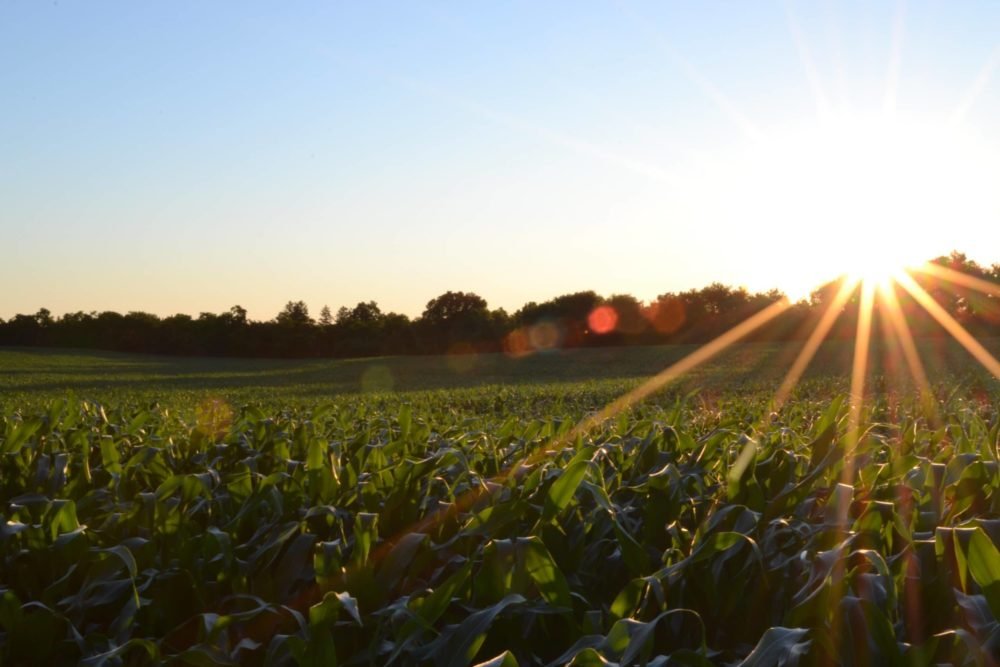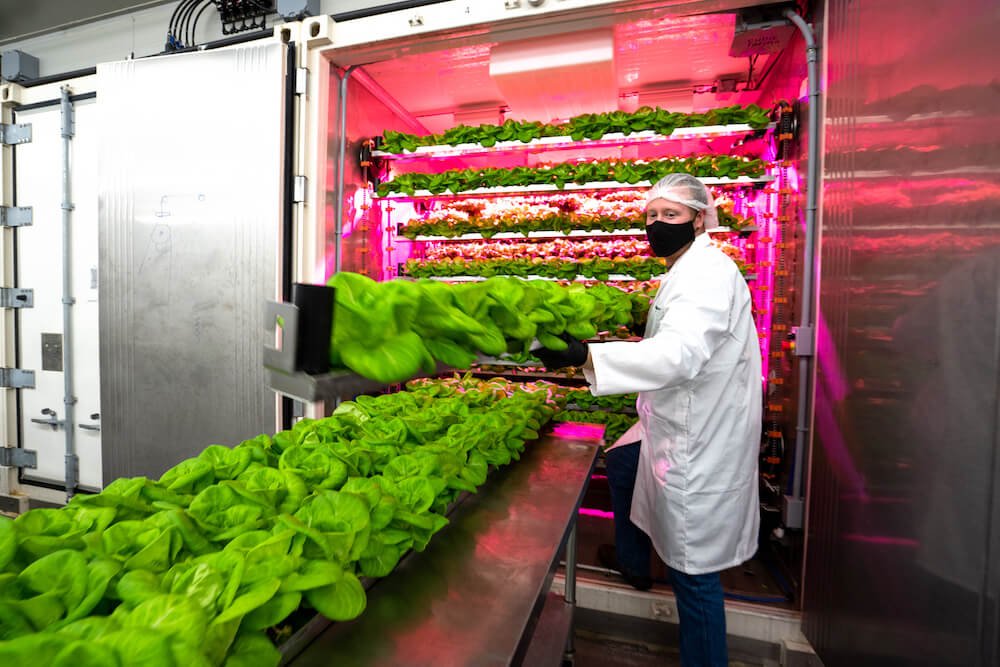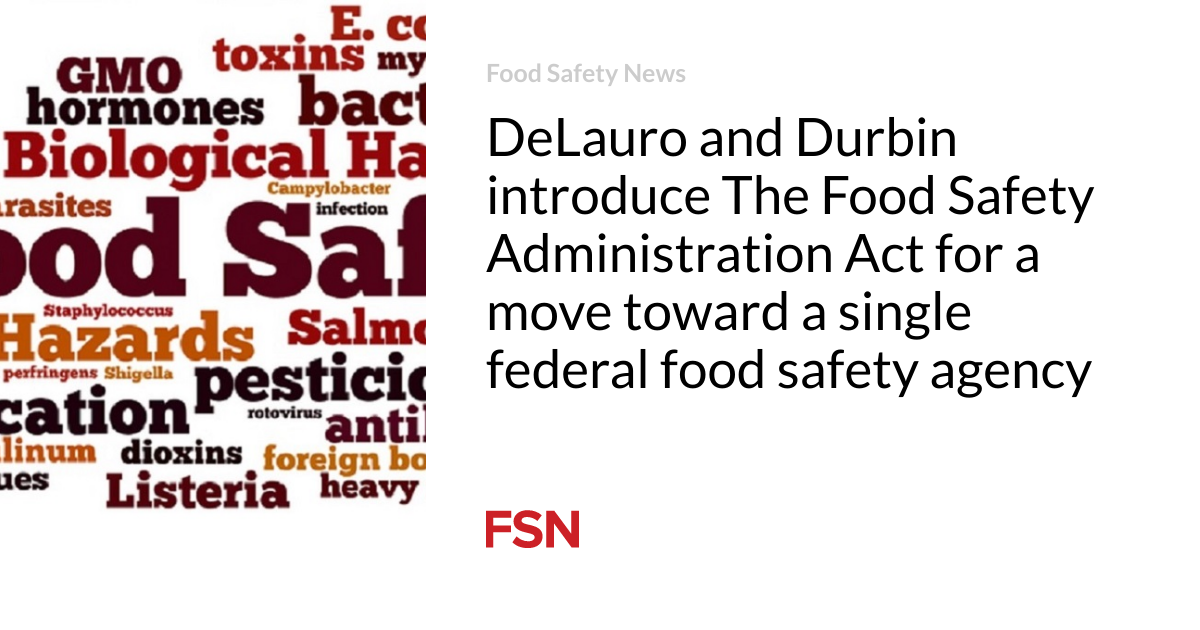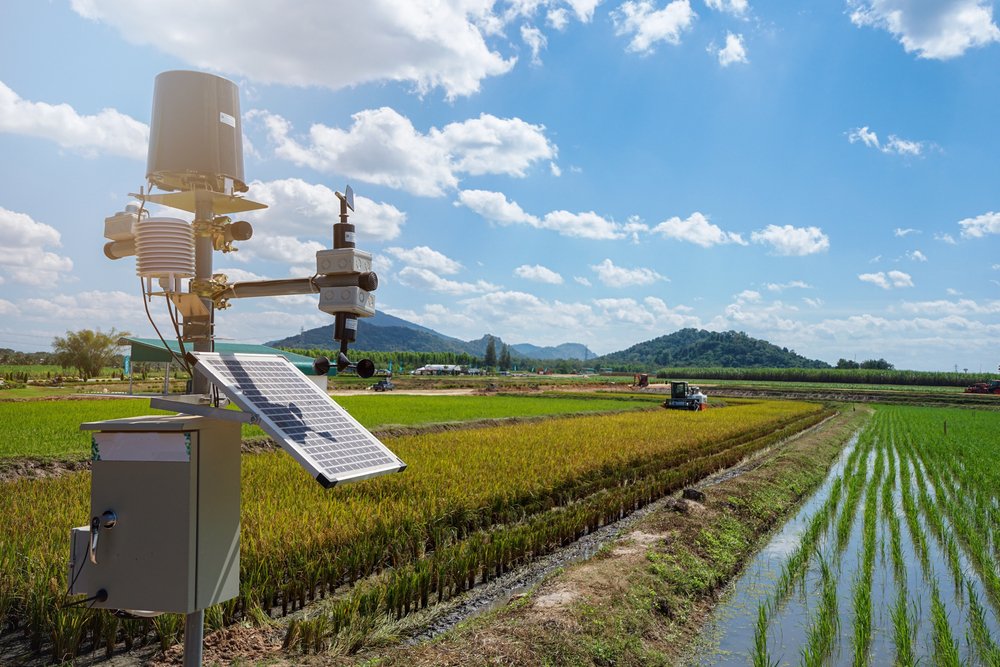Although recent events, the cost-of-living crisis and the war in Ukraine have changed the landscape since the launch of Henry Dimbleby’s Food Plan last year, a strategy for food, farming and land use needs to have a long-term horizon. So, it was with interest that we reviewed the government’s response to the Food Plan.
Government Food Strategy
The Government’s Food Strategy (13th June 2022), aims to set out how the government intends to “create a more prosperous agri-food sector that delivers healthier, more sustainable and affordable diets for all.”
Many of the measures are a reiteration of the current situation, such as the rollout of the Farming Innovation Programme.
However notable commitments in the Government Food Strategy include:
- A land-use framework (2023) to reflect objectives for agriculture, environment and net-zero, including incentives for agri-environmental scheme – see our review of the technology enablers and gaps
- Development of a ‘What Works Centre’ to share best practice across the industry
- A new Institute for Agriculture and Horticulture (TIAH) to launch in 2023 to develop skills
- Creation of a Food Data Transparency Partnership Data Transparency Partnership to develop metrics around human health, sustainability and animal welfare – underpinning our vision of One Agriculture
- A mandatory methodology for eco-labels and sustainability claims.
- Support for commercial horticulture to boost home-grown fruit and veg production and enable investment in technology for multi-acre glasshouses and vertical farms
- Incentives to enable sector to use of surplus heat from industrial processes
- Response to Simon Pearson’s review of automation in horticulture
- Support for production of plant-based alternatives proteins such as beans and peas
- Call for evidence for use of feed additives and materials that reduce methane production
However, many of these measures are near term and miss the potential for disruptive innovation that will address the underlying issues of a disconnect between production and demand and the imperative of climate change that is impacting food security worldwide.
Size of the prize
Never has it been more important for coherent messaging across the sector to be fed into the government thinking – laying out clearly the “size of the prize” for Treasury in exchange for fresh investment and implementation of enabling policy and regulation.
This prize was clearly identified in a global report “Growing Better: Ten Critical Transitions to transform food and land use” (2019) – with actions ranging from digitalisation of the food system, to combining traditional and modern technologies in farming. It also considered challenges such as equitable human nutrition, diversifying sources of dietary protein, and reducing food losses and waste.
Crucially it set out the scientific evidence and the economic case for transforming food systems but also highlights the $4.5 trillion a year new business opportunity this will create.
Time to be bold and engage
The Food Strategy, alludes to these ambitions but lacks the boldness of the Dimbleby Food Plan. It could be argued that in a time of crisis a strong direction and clear roadmap are vital.
As the White Paper moves towards policy and action, there is time and opportunity for input and influence. The window of engagement is open right now.













